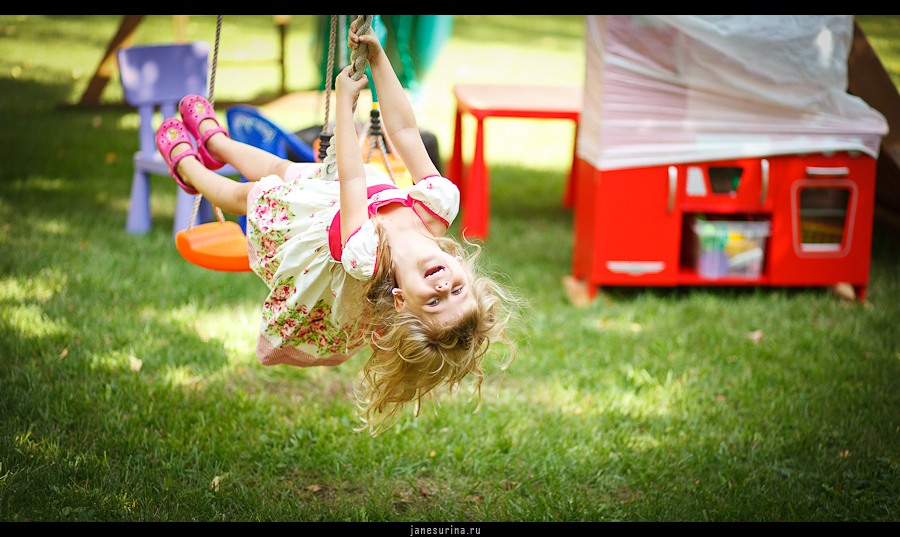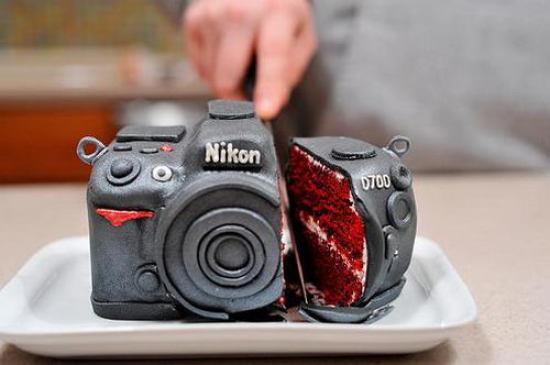How to shoot underwater portraits without leaving home
 “For a long time I was engaged in creating scenes and props for my pictures, an occupation that gradually turned into a separate business for the production and sale of furniture. And now I have decided that it is worthwhile to start making a video on how such things are created, and how you can achieve “high-budget” results on your own with very little cost.
“For a long time I was engaged in creating scenes and props for my pictures, an occupation that gradually turned into a separate business for the production and sale of furniture. And now I have decided that it is worthwhile to start making a video on how such things are created, and how you can achieve “high-budget” results on your own with very little cost.
In this 4-minute video, I will show how you can take underwater pictures without submerging. Everything can be done right at home, with the help of a few wooden bars, a transparent sheet of acrylic and the simplest skills in working with hands.
We want to make a shallow “pool” with water on a sheet of acrylic, through which the light will shine. Then it will be enough to run on the water with your hand to create the illusion of waves.
We will need:
Clear acrylic sheet
Wooden bars
Screws
Scotch
Sealant
“Pool” can be made of any size, but it is necessary that the wooden frame be a bit smaller than the acrylic sheet.
The first step is to assemble a wooden frame. Cut the bars to size and drill holes for the screws so as not to split the wood.
How to shoot underwater portraits without leaving home
Dimensions may vary depending on the size of the acrylic sheet.
How to shoot underwater portraits without leaving home
Drill holes and screws attach an acrylic sheet to the frame. It is better to use more screws, so that the whole structure can withstand the weight of water.
Remove the protective film from the acrylic sheet and walk around the corners with a sealant. Leave on for 24 hours for the sealant to set.
In our case, we also used scotch tape – mainly because we could not wait for the sealant to grab properly.
Now pour water into the “pool” so that it is about 1 cm deep.
Place the “pool” on the boxes / racks / chairs, direct the light source and run your hand over the water to create ripples.
Shooting
To shoot, place the model under the “pool” with water so that light and ripples play on the face and body.
A few notes:
We had a floor with gray tiles that fit in well with the colors and image, plus we prepared a light blue fabric, in case the gray floor turns out to be not a good option. You can go even further and add sand.
I used a blue gel filter on one of the flashes in order to achieve the bluish tint characteristic of water.
Wet the model’s hair so that everything looks more convincing. And ask her to rise slightly above the floor to create the impression that she is swimming.
Done! ”




